You’ve probably heard of Art Deco and Coastal style, but how much do you know about Biophilic design, Grand Millennial and Japandi?

Décor styles come in many forms, from Art and Crafts to Japandi. If you’re looking at homes online and can’t tell transitional from traditional, it may be time to learn about the history and key elements of some of the most popular interior design styles. We’ve narrowed down some of our favorites.
1. Art Deco
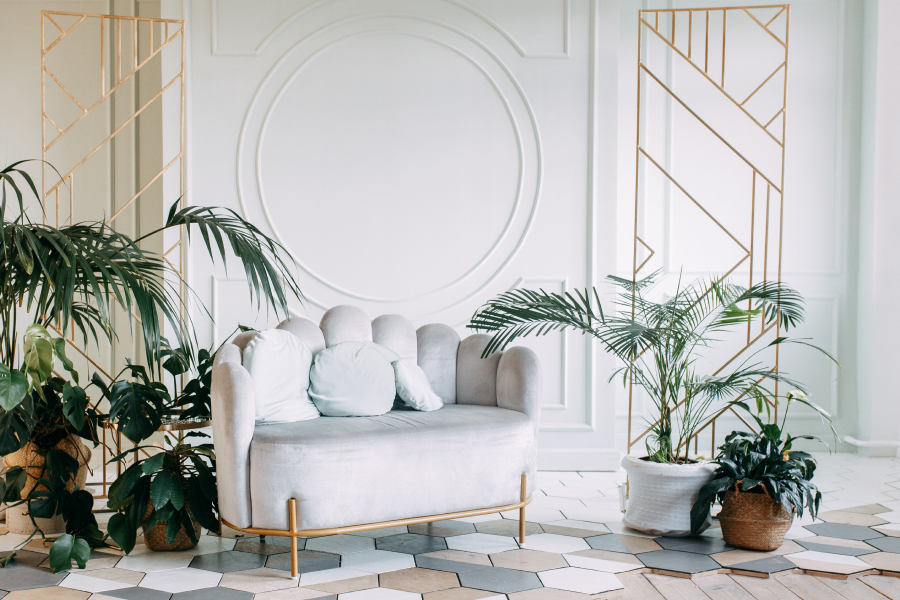
This is the look of the Roaring ’20s, The Great Gatsby, the Jazz Age and all that. This sleek, urbane style combines the classical with the exotic and draws inspiration from skyscrapers, zeppelins and King Tut’s tomb. Art Deco interiors have rich colors, bold geometric shapes and patterns arranged in classical symmetry, elaborate detail and art- and travel-related accessories. Furniture has big, sleek curves, like a Parisian club chair, and rooms have lots of mirrored or crystal surfaces. Glam, baby, glam.
2. Arts and Crafts
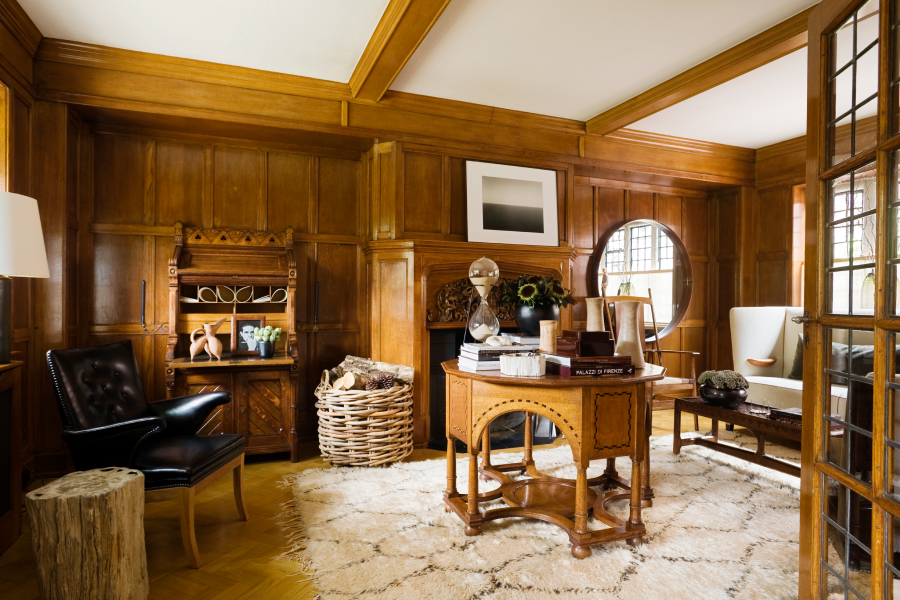
The Arts and Crafts movement was an early 20th-century backlash to Victorian excess and Industrial Age mass-production. Arts and Crafts inspired Craftsman and bungalow house and décor styles that are popular to this day. Arts and Crafts interiors prize artisan-made items like pottery, stained glass lamps and wood furniture. They use a sophisticated palette of olive green, purples, vermilion red and earthy tones — all complementary to natural wood to reflect the look of the natural world. And because functionality is a major emphasis in Arts and Crafts bungalows, you’ll see a lot of open floor plans and built-ins alongside tons of woodwork. Frank Lloyd Wright was a major player in this movement.
3. Biophilic (Naturalist)

One of the hottest home styles right now is biophilic design, characterized by colors and elements of the natural world. Biophilic design draws its name from biophilia, a word popularized by naturalist E.O. Wilson to describe humanity’s innate urge to connect to other living species. In a home, this means using greens, browns and blues that draw from the sky, trees and earth. Bring biophilic design into your home by painting a room or two a shade of green color-matched to the sea glass you found on the beach on your last vacation. Set out houseplants. Create an outdoor room.
4. Boho
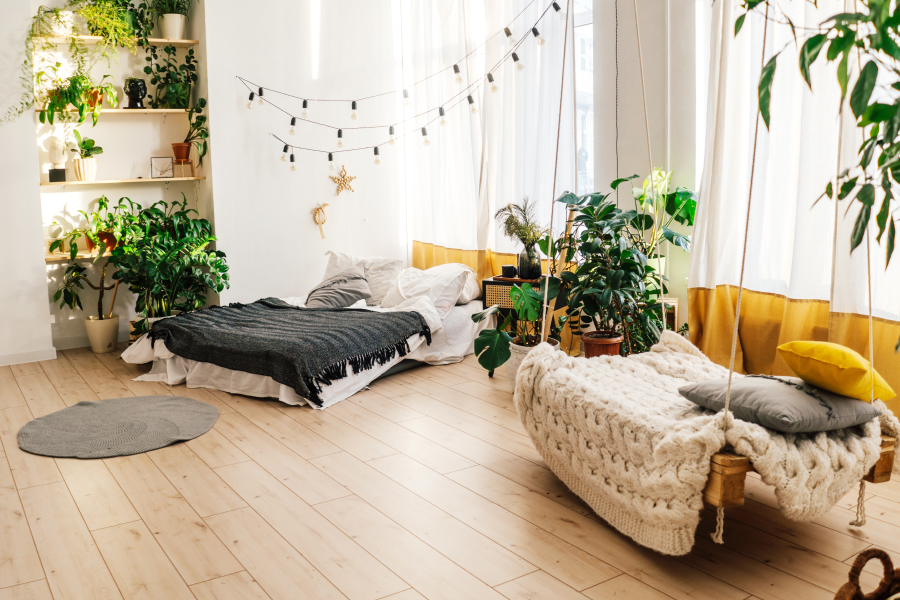
Bohemian style, or boho, is a rebellious aesthetic popularized in late 19th-century France and rediscovered in the late 1960s by the hippie counterculture. It’s alive today among those who favor the aesthetic “anything goes.” Boho is versatile and incorporates new furniture and vintage flea market finds with a touch of the exotic. The style emphasizes natural materials like rattan, wood and cotton alongside jewel-toned colors. Boho is putting six artfully mismatched chairs around a dining room table, hanging a Moroccan light fixture and setting out tropical plants in Ugandan baskets. It’s haute hippie where individualism, not conformity, is the goal.
5. Coastal
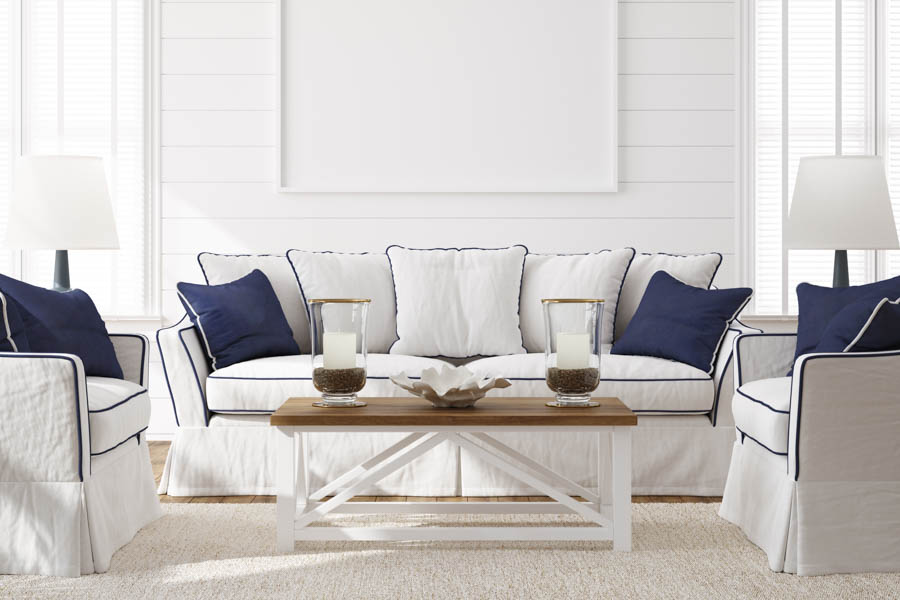
Beach chic is not just for beach houses. You can bring the sea to your landlocked home by pairing watery colors with natural textures like rattan, wicker, sisal and pale woods. To be clear, coastal is not nautical. Skip the kitschy seashells, mermaids and anchors. Coastal is sea, sand and sky. It’s about making your house feel like an endless summer. That means using earth tones, layered blues, crisp whites and stripes, and filling the space with comfy furniture. It means letting in lots of natural light by keeping window treatments at a minimum; we’re talking open, airy interiors that blend the outdoors with the indoors. The oh-so-trendy Coastal Grandmother look is a subset of this style. Coastal Granny is more Hamptons than 30A, with heavy cottage vibes.
6. Contemporary
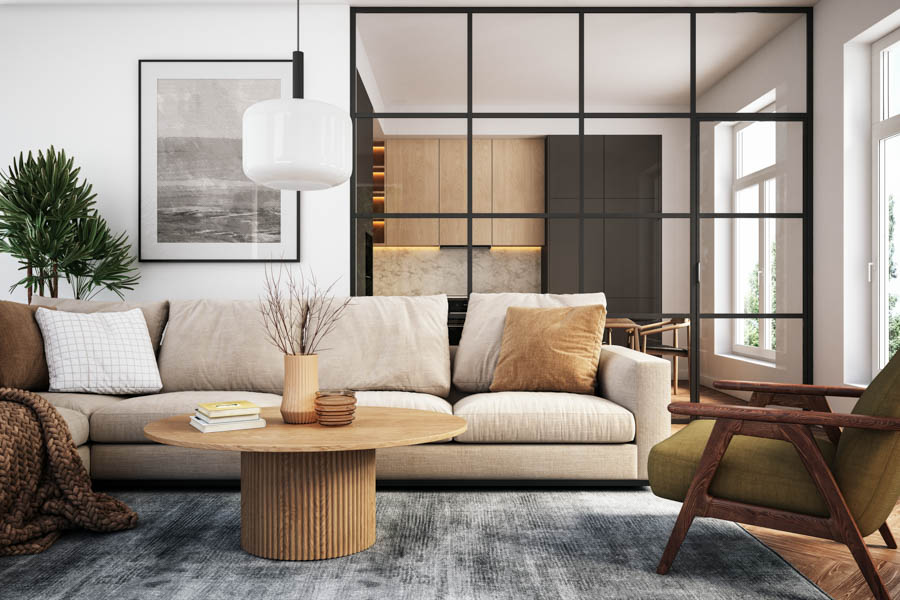
Contemporary and modern are often used interchangeably, but they are not the same thing. Modern refers to a design movement that arose in the early 20th century that was all clean lines, neutral colors and minimalism influenced by Picasso and Bauhaus. Contemporary isn’t a specific design philosophy. It’s a blanket term that describes the interior design trends popular right now. So grandmillennial, biophilic, bohemian and industrial are all contemporary design styles.
7. Farmhouse
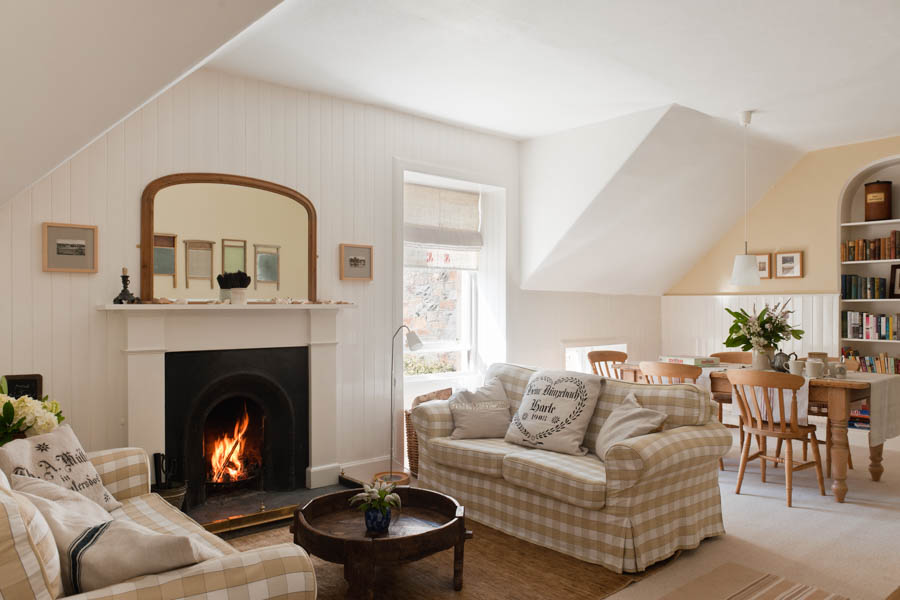
Farmhouse is an umbrella term for a look that’s more country cottage than city apartment. You’ll come across a lot of houses staged in this style because it goes with a range of architectural types and has mass appeal. Think antique, solid wood furniture with artful blemishes, brick walls, wood ceiling beams and solid wood open shelving. Patina is key because you want the space to look like an ancestral rural homestead. Subsets of this style include “urban farmhouse,” which made all-white interiors a fixture in the suburbs in the 2010s, and French country, which brings the sun-washed blues and yellows of a Provençal palette to the cottage-core vibe. And, if you’re looking to sell your home, “modern farmhouse” appears on Zillow’s list of descriptions that helped homes sell for more than expected.
8. Industrial
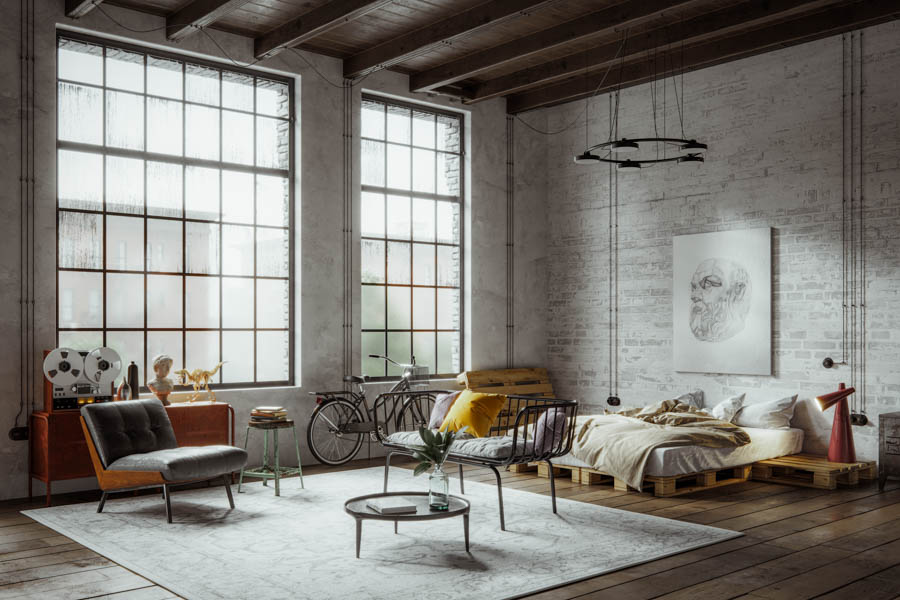
Industrial is a super casual interior design style, born when artists in need of studios turned abandoned factories into living spaces. The loft apartment, perhaps the most famous symbol of industrial décor, was born in the 1960s. In an industrial-style dwelling, brick walls and pipes are exposed, concrete floors are uncarpeted and there are few interior walls. By the late 1990s, loft apartments had gone from barebones living to luxe life, with industrial influences showing up in farmhouse and contemporary styles. Subway tile for home use and the Edison bulb came from industrial style, along with black steel-paneled shower doors and everything Restoration Hardware sells.
9. Japandi
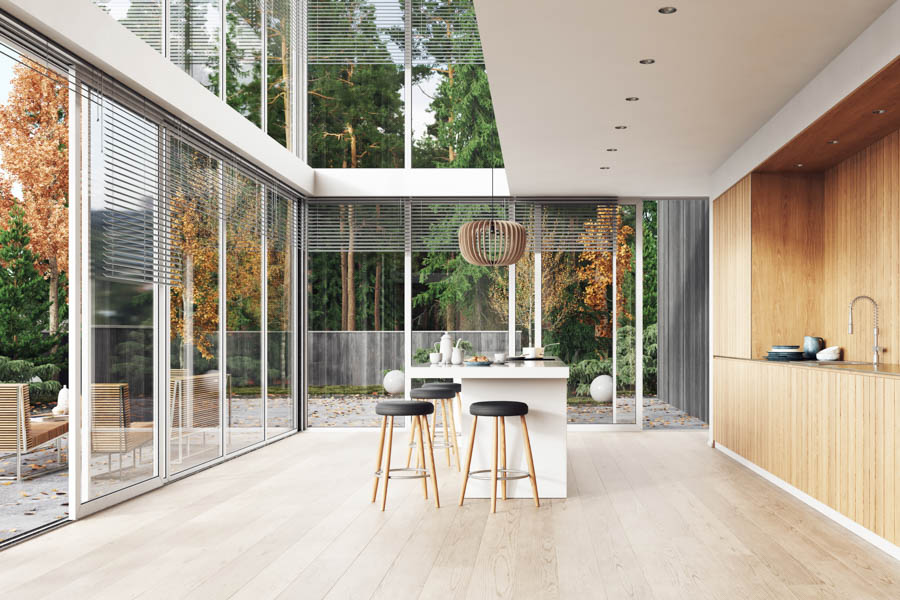
Just like its name — a portmanteau of Japan and Scandinavian — Japandi blends elements of Japanese and Scandi design. The two styles originate from opposite sides of the planet, but both revere a connection to nature and a love of clutter-free minimalism. Both incorporate natural materials like stone, wood and paper. Japandi has a darker, richer color palette than pure Scandi, so you see black, deep green, deep red and aubergine used alongside light-colored Scandi woods and minimal furnishings. Japandi interiors are a blend of earthy and airy. Slat walls are very Japandi.
10. Midcentury modern
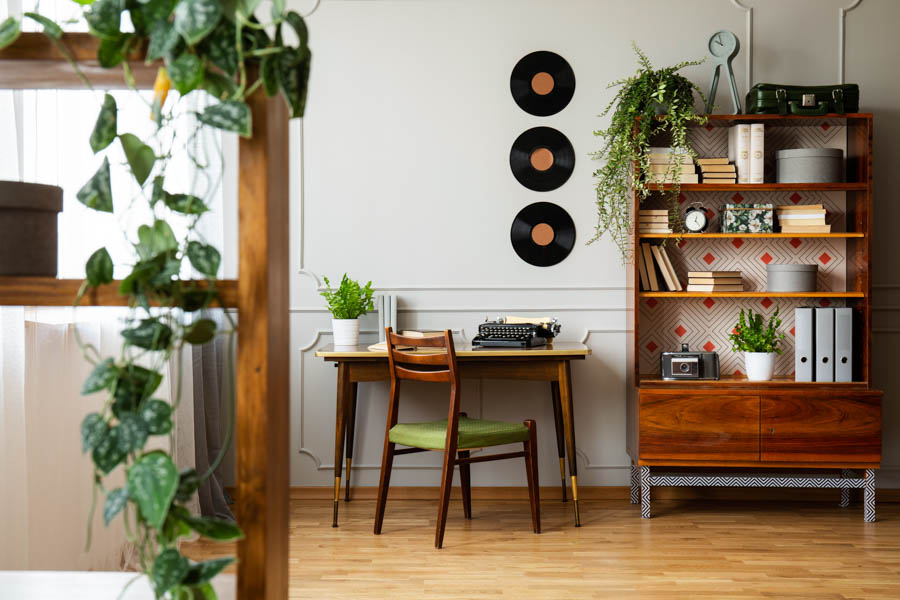
The middle part of the 20th century produced an iconic interior design style that remains popular generations after its heyday. The style grew out of early 20th-century modernism and took hold in the 1950s and 1960s when newfound technologies and an explosion in consumer spending fueled a design revolution in the U.S. suburbs. Midcentury modern, or MCM, is characterized by clean lines; simple, organic forms; minimal ornamentation and an emphasis on functionality. Think Eames or Bertoia chairs, Knoll furniture and Richard Neutra houses with glass walls and open floor plans that bring the outdoors inside. Think Mad Men set. Danish modern was a subset of this style, so Scandi is very MCM. Color palettes ranging from bright hues to muted pastels are too.
11. Millennial maximalism
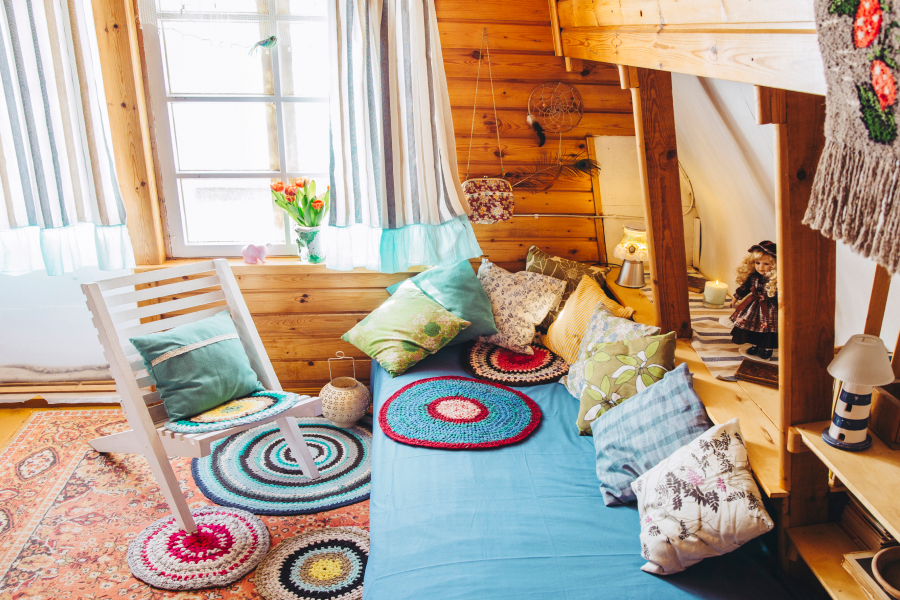
After a long run of Scandi minimalism, 20- and 30-somethings are embracing a more-is-more aesthetic called “millennial maximalism.” It’s also called Grandmillennial. The look is straight out of 1975, with shelves stuffed with houseplants, rich velvet textiles, chintz, toile, wicker, macramé wall hangings and mismatched vintage furniture. It’s meant to evoke memories of their grandma’s house when they were children. It’s a little Brady Bunch, a little Full House and a celebration of the stuffy and outdated.
12. Rustic
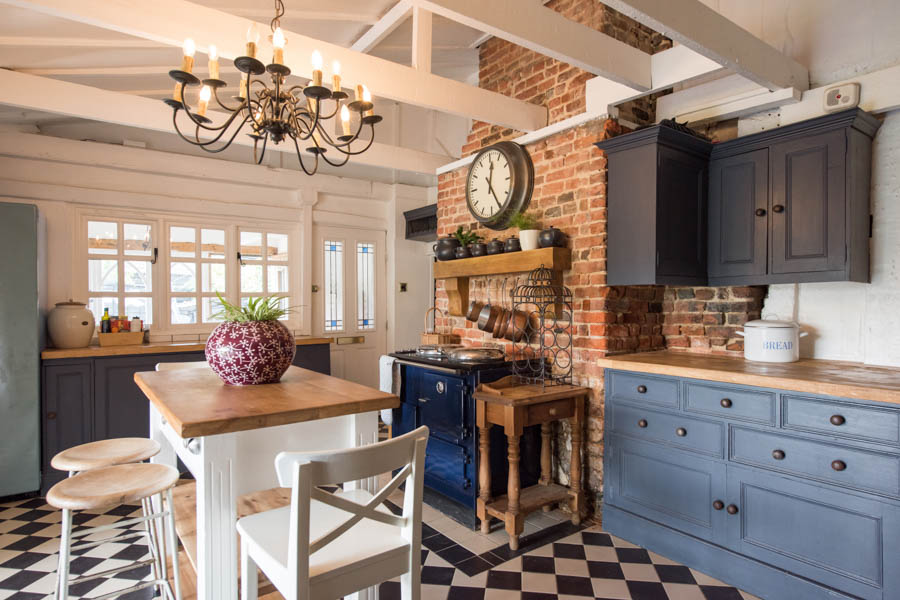
This term describes a range of design styles, including farmhouse, log cabin and Tuscan styles. Rustic décor uses natural materials like wood and stone, and has an earthy, primitive feel intended to rebel against the modern era. So no metal, no plastic, no synthetic fabrics. Think oversized, handmade furniture, a palette of greens, browns and grays, rough fabrics like jute or animal hide and a cozy lodge vibe.
13. Scandinavian
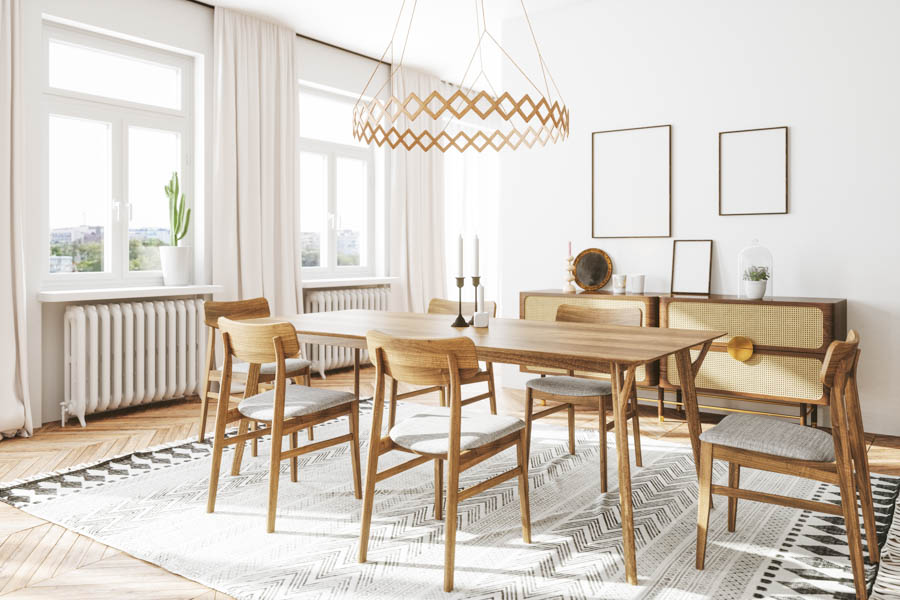
This design style takes its cues from the clean, minimal look of Denmark, Finland, Norway and Sweden. In the land of the Polar Night where the sun doesn’t shine for months during the winter, interiors are full of light woods and simple color schemes of white, gray and beige. The goal of Scandi style? Maximize natural light to make a room feel airy, light and connected to nature, and bring in elements of warmth and comfort. Scandi style is about being in harmony with one’s environment with a few well-made chairs, tables and a sofa versus a houseful of fast furniture.
14. Shabby chic
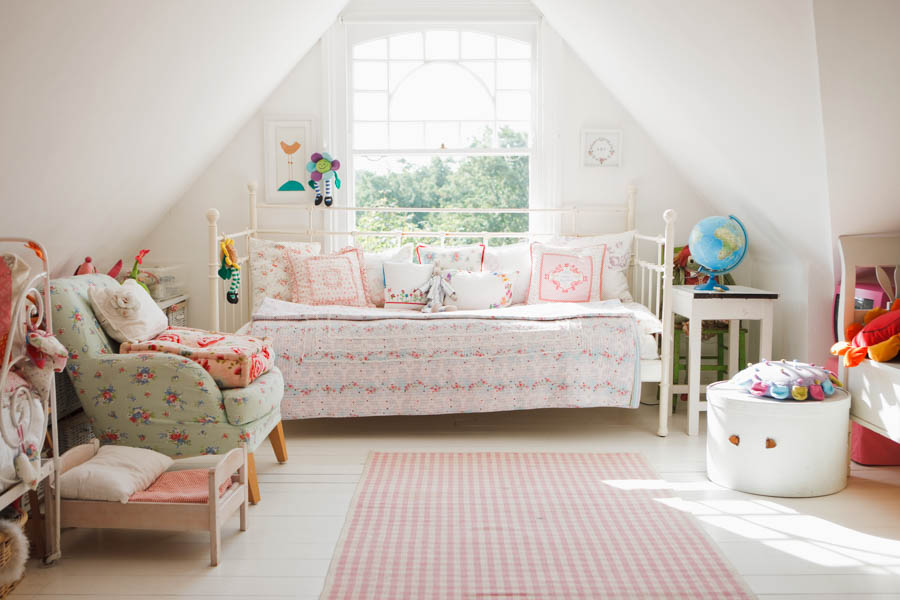
This is the original cottage-core revival style that became popular in the late 1980s, thanks to designer Rachel Ashwell who opened a home furnishings company with stores all over the country selling her upcycled flea market finds. Min Hogg, an interior design journalist, is credited with popularizing the term. Monica’s apartment in “Friends” is quintessential shabby chic with its mix of furniture styles, textures and finishes. The style has stayed with us because it’s so comfortable, cozy and practical. The look features a combo of vintage and new furniture covered in machine-washable slipcovers that make it dog- and kid-proof, soft colors like rose, cream and light blue, and a romantic vibe that feels straight out of an English country cottage.
15. Southwestern
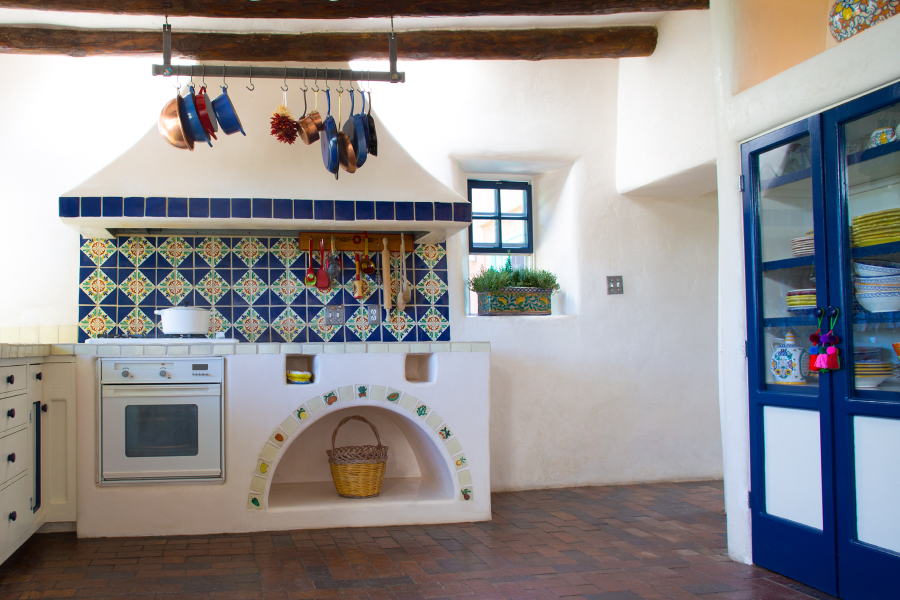
This design style is an amalgamation of Spanish, Native American and Mexican architecture, and culture of the American Southwest — specifically New Mexico and Arizona. Southwestern décor features Pueblo-revival features like heavy wood beams called vigas and color palettes that echo the desert: cactus greens, adobe beiges and whites, sky blue and turquoise, and fiery flourishes of deep orange, red and yellow. Furniture is made of distressed wood with metal accents, floors are tile and fabrics have bold graphic patterns based on Pueblo Indian design. Think adobe houses, kiva fireplaces and Navajo rugs in uncluttered rooms, with a big shot of boho style.
16. Traditional
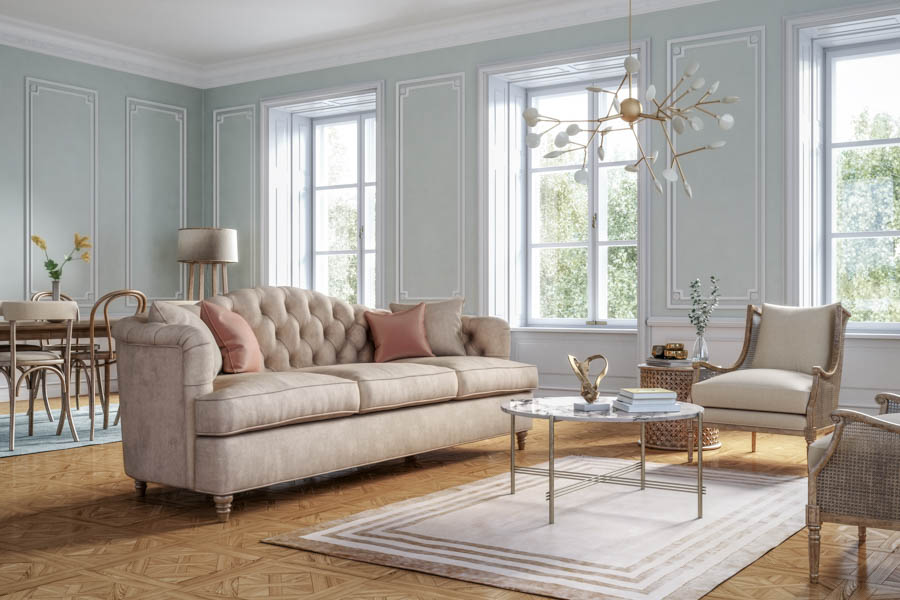
Just like the name says, traditional style steers clear of trends and goes for a timeless look. Think neutral walls in cream, white or beige as a backdrop for Chesterfield sofas, dark, ornate furniture in woods like cherry, walnut or chestnut, and upholstered pieces in brocade, dark leather and velvet. Fill a traditional space with antiques or new items that look like antiques. You want an old-school, inherited look in a traditional room. The keyword here is heirloom.
17. Transitional
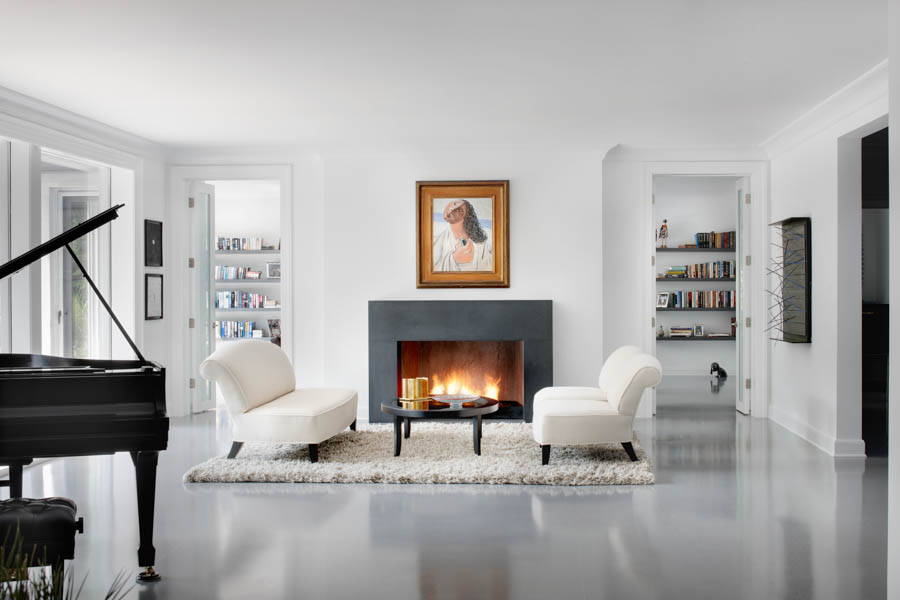
This is a popular style because it blends classic and contemporary elements into a comfortable, bespoke look. It’s not too stuffy and not too contemporary. It’s just right. Transitional blends sleek, clean lines with traditional details, and since it mixes eras and aesthetics, transitional rooms are timeless. Colors are minimal and calming. Think grays, tans, warm ivories. Deep colors like blues, browns and sage greens are used as accents. Rooms have textured fabric like chenille and suede on upholstery, rugs and drapes. And furniture steers clear from extremes. Go with an oversized sofa, not a Barcelona chair. Accessories stay on the minimal side.
Once you know one look from another, you can find the right house to fit your lifestyle and taste. Love traditional design? You’ll know to look for a house with elegant crown molding. If midcentury modern makes you swoon, you’ll know to look for homes built in the 1950s with terrazzo floors and brightly tiled bathrooms. If you already have a house, you can use your new design IQ to sharpen its style.

